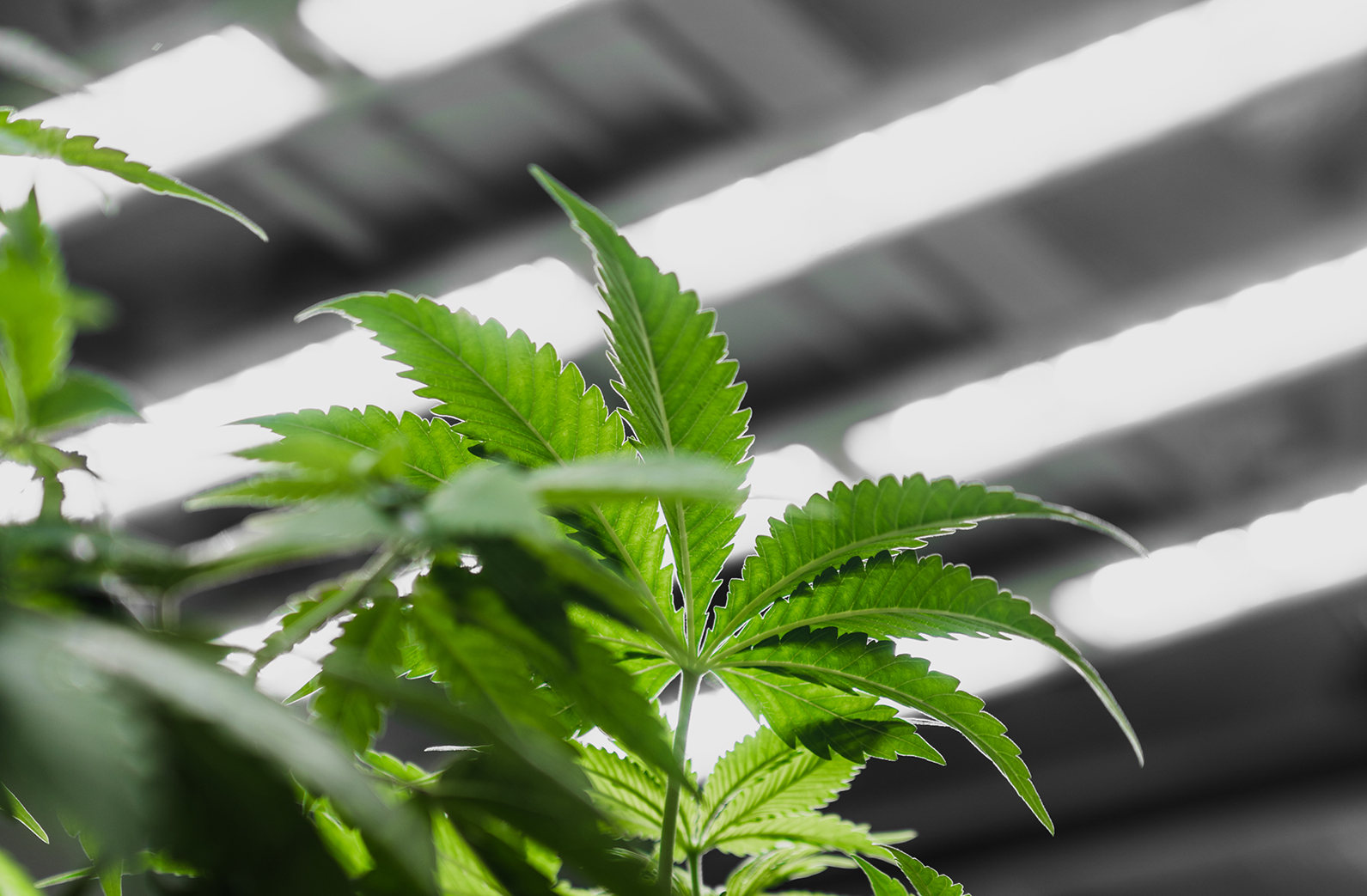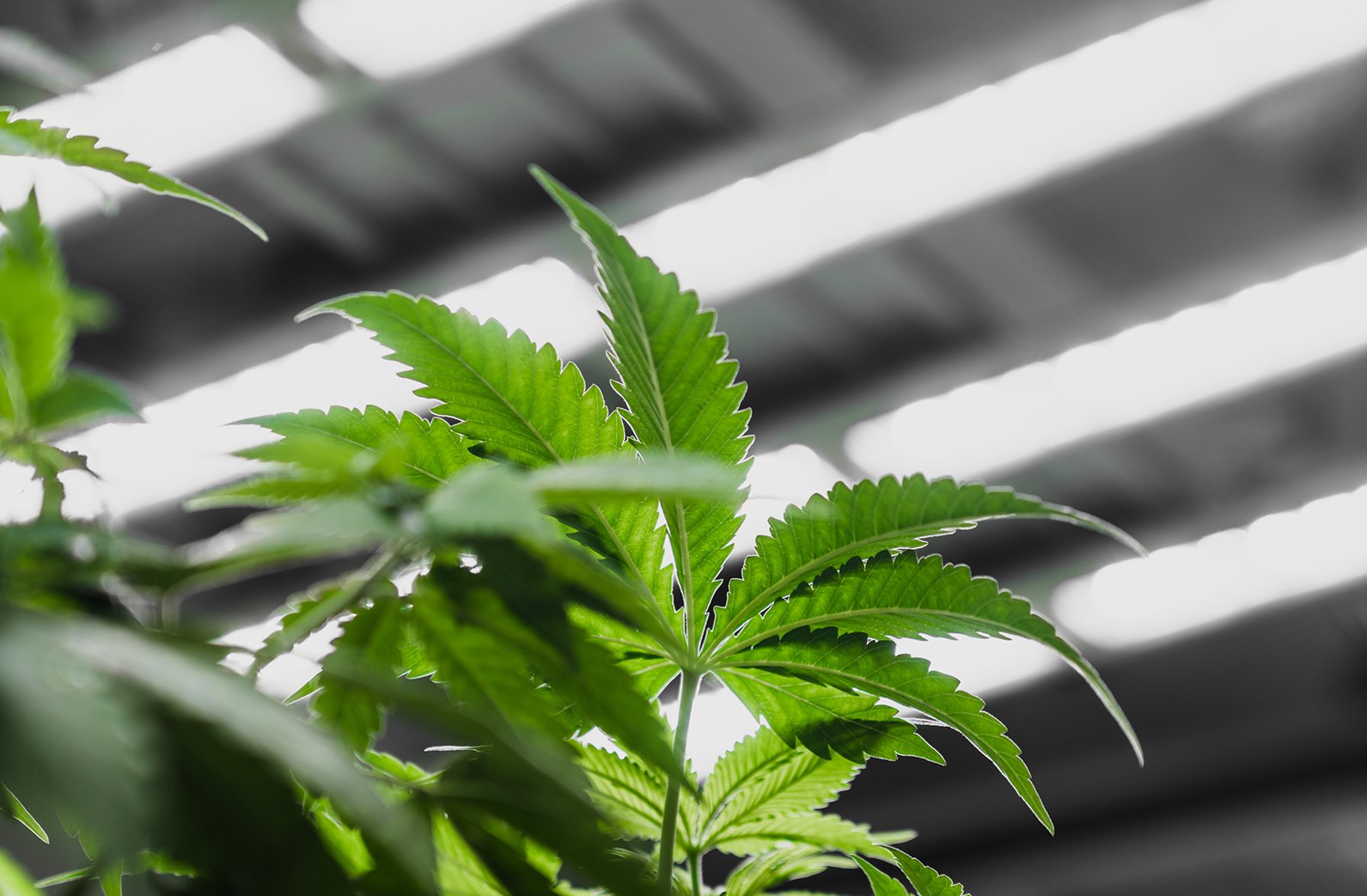
7 Compelling Reasons Why You Need LED Grow Lights
Most of what’s been focused on for vibrant and thriving cannabis has been using LED grow
lights as a way to enhance the productivity of the indoor growth of traditional crops, plants, and flowers. There are dozens of other plants and crops you might consider for an indoor grow
operation that could most definitely benefit from LED grow lights and what they bring to the
table, but not all crops are what you would consider traditional.
A nontraditional crop that’s starting to garner a lot of mainstream attention is the indoor growth of cannabis. Until recently this topic was considered a bit taboo, but in more and more jurisdictions medicinal marijuana has been legalized and in some cases even recreational use of the product. And because of its popularity, indoor grow specialists are increasingly turning towards this crop as a great business proposition, thus paving the way for LED grow lights to be very beneficial to the cannabis growth cycle. Join Fohse as we discuss why LEDs are going to be an essential part of your grow now and into the future.
#1. Saves on Energy
LED grow lights are much more economical than traditional HPS lights for growing indoor cannabis. In most cases LED lights can produce the same wattage as traditional bulbs that advertise twice the energy output of the LED grow lights. That means you get the same effect on your plants, but your energy bills are a lot lower. When cannabis grow operations functioned on the illegal end of the spectrum, the result was law-enforcement catching the growers by noticing the strong draw on their electricity grid as the growth of indoor cannabis required a lot of lighting. It wouldn’t have been a problem if they’d had LED grow lights.
#2. Lower Costs, Higher Efficiency
The cannabis grow process can produce a lot of heat with HID and when you combine that with the heat coming off traditional bulbs such as metal halide or high-pressure sodium bulbs, the end result is an extremely warm atmosphere that’s potentially dangerous as well.
LED grow lights produce very little heat and are actually much cooler to the touch, which makes them more efficient. LEDs are much more efficient at converting electricity to photons (instead of heat), with the light-emitting diode (LED) that emits more light energy for your grow. Fohse LED fixture designs keeps the diodes at a cooler operating temperature and ensures the LEDs emits less heat into your cultivation facility, ultimately putting less strain on your HVAC system in comparison to an HID grown facility.
As you can see, LED grow lights can save the marijuana growth operation considerable money is in overall infrastructure costs. Traditional lighting systems such as metal halides and high-pressure sodium systems rely on costly cooling systems distributed throughout the grow op which are expensive to put in place, maintain, and operate. LED grow lights, by comparison, just don’t require the same type of HVAC costs as regular bulbs. It’s just one more way
that the indoor growing of cannabis can save money using LED grow lights.
#3. The Manipulation Ability
The plant morphology of cannabis can be more easily manipulated with LED grow lights. How
so? The grow light spectrum that’s used refers to the electromagnetic wavelengths of light
produced by a light source to promote plant growth. For photosynthesis, plants use light in the 'photosynthetically active radiation' region of wavelengths that are measured in nanometers. Used as either a sole indoor light source or supplemental light source, LEDs help your plants grow using full-spectrum lighting at a lower cost than traditional HPS lamps.
Many growers take advantage of LED lights to help scale plant production due to their full light spectrum capabilities, low heat waste and maintenance, and extended lifespan. And given how a plant’s physiology and morphology are strongly affected by specific spectrums, LED grow lights can efficiently promote growth in crops at specific times in the growth cycle. With the ability to closely monitor quality, energy output can be easily evaluated for scaling crop production.
#4. Higher Medicinal Content in LED-Grown Cannabis
Engineering advancements are further improving the versatility and profitability of LED lighting solutions. Spectral tuning capability is fairly new to the scene, but its utility is based around research that shows plants react differently to different colors of light. The ability to control which light spectrums are hitting which plants at specific times can give cultivators more control over their harvest. A spectrum change can in-turn influence the photomorphogenesis (light-mediated development) that will assist you in achieving the desired responses in your flower shape, terpene levels, and more.
Basically, when a plant sees light that has a more blue hue, it interprets that as an indication that it is early in the spring, meaning the plant doesn’t need to out-compete its neighbors for sunlight and can focus on root and stem development, which results in shorter, more robust plants. The ratio of 'red' and 'far red' types of light can cause plants to stretch by way of the 'shade response', so you can achieve more optimal inter-nodal spacing, eliminating mold risk in the process.
In fact, full spectrum light sources are actually the most effective for growing plants because plants can tolerate much higher light intensities without developing stress if the light is spread out over the entire spectrum and not overly concentrated on any one color - similar to natural sunlight. Green and yellow light penetrate much deeper into plant canopies than red and blue light, therefore full-spectrum LEDs give plenty of canopy penetration, further increasing yield and quality of harvests.
#5. Higher Power: For Longer
The full-spectrum LED grow light is the newest evolution, as originally it described the only real full-spectrum light source--the sun. Over time however, the term began to take on other characteristics of sunlight, and one of them is durability. Finally, LED lights last longer than HID or CFL bulbs, ensuring many years of good use before they begin to fade.
If you compare them directly to other popular lighting systems it’s not much of a battle. These traditional HID lights lose significant output beyond the 5,000-hour mark, and the risk of a 'burn out' increases dramatically over time. LED grow lights on the other hand will last far beyond 100,000 hours. That’s a significant difference and one that more than makes up for the difference in cost.
LED fade is measured in terms of L90 and L70, or lumens (in percentage related to the initial lumens) that remains after end-of-life. Traditional HID cannabis grow lights are typically swapped out after a year of commercial use - sometimes after two year. In contrast, high-intensity LED grow lights can offer many years of quality output. After 25 years of daily flowering light cycles, the A3i LED grow light will still output drastically more output than a brand-new, fresh-out-the-box 1000W DE HPS grow lamp.
#6. Vertical Farming Capabilities
LED technology fits of course ideally with the basic needs of multi-layer vertical farming.
Low heat output allows limited space between the lamps and the crops leading to a more efficient space occupation. Much lower power consumption compared to traditional light technologies has made plant factories today almost uniquely equipped with LED grow lights to reduce the operational cost. While most of the vertical LED grow light bars look rather similar, you need to ensure they are designed to master cultivation in vertical environments of all sizes so you don't find yourself perpetually "chasing canopy" all year long in order to maintain adequate light levels.
#7. Easier to Control the Environment
LEDs are the closest lighting technology to natural sunlight. With full spectrum and tuning
abilities, cannabis growers can adjust the indoor environment with exacting detail. Because they run cooler than other lighting technologies, LEDs can be placed much closer to plants, for added efficiency and intensity in a controlled environment.
Having control over your grow environment gives you the ability to set yourself apart from other cultivators in the industry. The Fohse Central Control is an automated management of your Fohse LEDs that allow you to easily adjust spectrum, brightness and lighting schedules in a small compact size.
In Summary
There are quite simply many different ways that LED grow lights can save the marijuana growth industry money over time. They reduce your infrastructure costs, lower your energy bills, reduce your water bill, and are generally safer to operate. Many cannabis growers actually believe that the LED lights increase their crop yields due to their efficient nature. Whether this is true or not may still be up for debate, but there’s no doubt that LED’s hold many advantages for the indoor cannabis crop industry
How will you light up your grow? Download our product brochure now:


